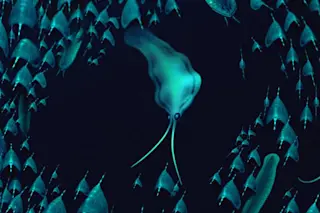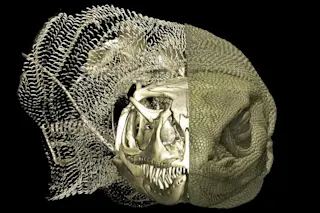If you’re a dog owner, coming home after work or running errands to the enthusiastic greeting of your dog may be one of the best parts of your day. Besides their furiously wagging tails and their tip-tapping feet, there is an excited gleam in their eyes. They missed you just as much as you missed them. According to a new study, that gleam in their eyes may actually be tears — tears of joy to reunite with you.
According to a new study in Current Biology, dogs, like humans, produce tears when flooded with emotions — especially when reunited with their owners.
“We found that dogs shed tears associated with positive emotions,” says Takefumi Kikusui of Azabu University in Japan in a press release. “We also made the discovery of oxytocin as a possible mechanism underlying it.”
Kikusui first made the connection after his dog had a litter of puppies. ...















